Tambour Beading
by Adeline Panamaroff
Adeline, a freelance writer/proofreader, located in Edmonton, Alberta can be contacted at www.adelinepanamaroff.com for writing and marketing requests.
History: Tambour beading found its niche in France during the 1700s C.E. Its origins may have come from examples of imported embroidery pieces that came to Europe through the silk road trade, from India, China and beyond. This form of highly decorative stitching began as a purely thread-based embroidery, but once it hit the shores of France it evolved to incorporate beads.
The name tambour, French for drum, was named from the tight hoop frame that held the fabric being stitched at a very taut tension. Once tambour beading had taken hold in the needlecraft world of France, it spread to Britain, Switzerland and eventually to the Americas, in the late 1800s C.E. It came to be seen as a pastime for well-to-do ladies. It was often used to embellish edges of clothing, cuffs, hems, purses, and hats.
Image courtesy of KeiFerida
Technique: Using only one stitch, chain stitch, beads are anchored onto the backing fabric in long rows, outlining, or filling in elements of the design. Beads are pre-strung on the thread that they will be sewn down with, and then individually brought to the surface of the fabric, as each stitch is worked to secure the bead or sequence in place. A tambour needle is used, a finer version of a crochet hook, with a sharp pointed end, to work the lines of stitches.
What is unique about tambour beading is that the design is worked on the opposite side of the fabric then what is facing the stitcher. On account of this, working with a material that is sheer, such as silk organza or fine mesh is recommended. The finished chain stitch can only be seen on the back side of the finished piece, while, if the front side of the piece were to be viewed without the beads, only a line of straight stitches would be seen.
Any embroidery hoop or frame can be used, so long as it can keep a constant high tension on the backing fabric. Some amount of dexterity is also needed, learned through practice, in order to visualise where you are going with the design, and keep track of where your beads are on the reverse side of the piece being stitched. Also, knowledge of when a change of colours or bead style is meant to occur is needed, as this will affect the order of the beads on the pre-strung thread. Any strong thread can be used, so long as it can fit through the bead, and can take the weight of multiple beads
Once a piece of design is finished, it is often cut out of the backing fabric, and used as an applique on another item.
Innovations: Tambour beading still enjoys a very vibrant application in the world of high end fashion design. It can be seen on the runways of top designers who have tambour hand worked into the cuffs, hems, on wide stretches of full skirts, appliqued onto purses, and other accessories that are meant to accompany the outfits that they design. The costumes of figure skaters and other stage performers also see the use of tambour beading with their light catching designs of sequins and shiny beads.
As seen in the images below, from workshops previously offered to our guild members, tambour beading is also enjoyed on a smaller scale, as an innovative technique that can create stunning motifs that are used to accent book covers, box lids and anything else that the stitcher can think up.
Image courtesy of Karen Torrisi Beading
References and Further Reading:
Note: The links above lead to external content. ENG is not responsible for the content of external sites.
